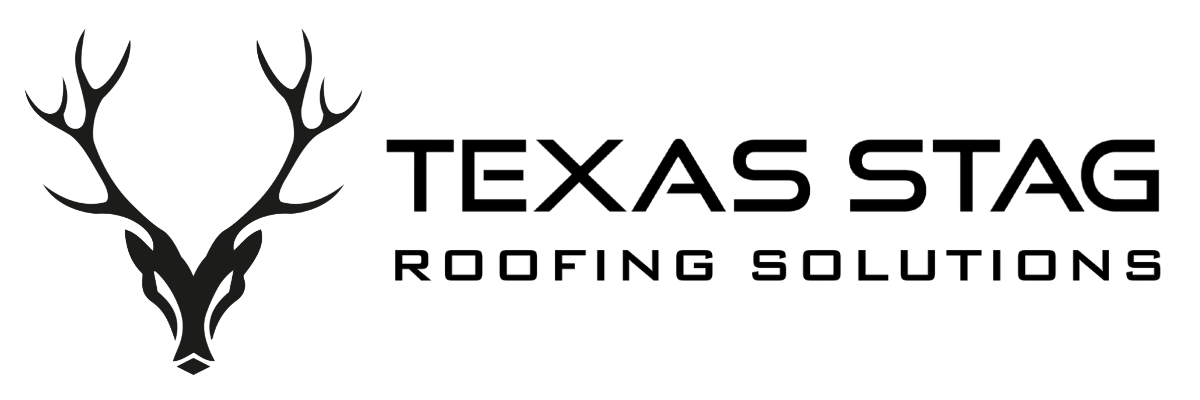Regular inspections and maintenance are crucial for the longevity of commercial roofs. Proactive inspections identify potential problems like ponding water or membrane shrinkage while ensuring proper drainage systems are in place. Such actions stop expensive harm by enabling prompt responses prior to urgent situations occurring. Choosing the right roofing material and implementing a comprehensive maintenance plan further protect against unexpected expenses. Exploring how technology aids in monitoring roof health could offer more insights into preventing roof damage.
Key Takeaways
- Conduct regular roof inspections to identify early signs of wear and prevent costly repairs.
- Implement a preventative maintenance plan to address potential leaks and maintain roof integrity.
- Ensure proper drainage systems to manage water runoff and prevent accumulation-related damage.
- Choose durable roofing materials suited to climate and building structure to minimize damage risks.
- Utilize technology for real-time monitoring and proactive roof management to prevent escalating issues.
Importance of Regular Roof Inspections

Frequent examinations of roofs play a vital role in preserving the condition and lifespan of the roofing structure on commercial buildings. They act as a preventive step for maintaining commercial roofs. This approach helps detect potential issues before they become expensive to fix.
By scheduling regular inspections, building owners can safeguard their investments, avoiding unexpected expenses and disruptions. These inspections typically involve checking for signs of wear and tear, assessing the condition of roofing materials, and ensuring that drainage systems function optimally.
A roof that is properly cared for shields the building underneath. It also helps save energy and increases the property’s worth. Professional inspectors bring expertise and experience, capable of spotting issues that may go unnoticed by untrained eyes.
The routine nature of regular inspections aids in compiling a comprehensive history of the roof’s condition, enabling informed decision-making regarding necessary maintenance or upgrades. Ultimately, regular inspections are a vital component of effective commercial roof maintenance.
Identifying Common Roof Issues

Spotting typical problems with a business roof early stops major harm and expensive fixes. Catching issues quickly matters for commercial roofs. A critical step in commercial roof repair is to regularly check for signs of wear and tear.
Common roof issues include ponding water, which can lead to leaks and structural damage if not addressed, and membrane shrinkage, often seen in older roofing systems, which can cause seams to pull apart.
Additionally, identifying clogged drains and gutters is essential, as these can result in water accumulation, increasing the risk of leaks.
Roof punctures and penetrations, often caused by foot traffic or fallen debris, are also prevalent issues that require immediate attention to prevent further deterioration.
Another typical problem is roof blistering, which occurs when air or moisture is trapped beneath the membrane, potentially compromising the roof’s integrity.
Choosing the Right Roofing Material

How can businesses ensure the longevity and effectiveness of their commercial roofs? Selecting the right roofing material is crucial. The choice directly impacts durability, maintenance needs, and overall cost.
Businesses must weigh various factors like climate conditions, building structure, and budget constraints. Engaging a commercial roofing contractor can provide valuable insights into material options like TPO, EPDM, or metal roofing, each offering distinct advantages. For instance, a metal roof might offer longevity, while TPO could be more cost-effective and energy-efficient.
Furthermore, making an informed choice in materials helps prevent costly repairs and replacements. A durable material can withstand harsh weather, reducing the likelihood of leaks or structural damage.
Proper selection also aligns with energy efficiency goals, potentially lowering utility expenses. Businesses should prioritize consulting with experienced contractors who can guide them through the decision-making process, ensuring their roofs remain a reliable asset over time.
Implementing a Preventative Maintenance Plan

After selecting the appropriate roofing material, maintaining its integrity becomes paramount for businesses. Implementing a preventative maintenance program plays a crucial role in keeping a commercial roof in good condition. This proactive approach involves regular inspections and timely repairs, which identify and address minor issues before they escalate into costly damage.
By scheduling routine checks, businesses can detect potential leaks, damaged flashings, or deteriorating seals early, ensuring longevity and reliability of their roofing system.
A comprehensive preventative maintenance program is tailored to the specific needs of the building, considering factors such as climate, roof type, and age. Employing trained professionals to conduct these inspections ensures thoroughness and accuracy, helping to extend the lifespan of the roof while minimizing unexpected expenses.
Additionally, maintaining a detailed record of all maintenance activities allows for informed decision-making and budget planning, ultimately safeguarding the business’s investment in its commercial roof.
The Role of Proper Drainage Systems

Proper drainage systems are critical to the health of a commercial roof, as they efficiently manage water runoff and prevent accumulation that can lead to structural damage. Without a properly functioning drainage system, water can pool on the roof, increasing the risk of leaks and subsequent interior damage.
Roof maintenance must prioritize ensuring that gutters, downspouts, and drains are free from debris and functioning optimally to facilitate draining correctly.
Regular inspections are essential to identify any obstructions or damage to drainage components. Blocked or malfunctioning drainage systems compromise the roof’s integrity, leading to costly repairs.
Effective roof maintenance involves promptly addressing any drainage issues, thereby safeguarding the building from water-related damage.
A well-maintained drainage system not only protects the roof but also extends its lifespan. By investing in proper drainage solutions, businesses can avoid the expensive setbacks associated with water damage and enhance the overall durability of their roofing infrastructure.
Impact of Weather Conditions on Roof Longevity

Weather conditions play a significant role in determining the longevity of a commercial roof. Exposure to extreme temperatures, heavy rainfall, snow, and strong winds can severely impact the structural integrity of roofing materials.
For instance, prolonged sun exposure can cause materials to become brittle, while heavy rain may lead to water infiltration, compromising the roof’s protective capabilities. Additionally, snow accumulation increases the load on the roof, potentially leading to structural damage. Strong winds can lift shingles or other roofing components, leaving the roof vulnerable to leaks.
Understanding the impact of weather conditions on roof longevity is essential for business owners aiming to prevent costly roof damage. Regular inspections and maintenance can help identify weather-related wear and tear early.
Hiring Qualified Roofing Professionals

Selecting qualified roofing professionals is crucial for ensuring the successful repair and maintenance of commercial roofs. Engaging a professional roofing contractor with expertise in roof repairs can safeguard businesses against potential costly damage. A knowledgeable contractor possesses the necessary skills to assess the roof’s condition accurately, identifying existing issues and potential vulnerabilities. This expertise allows them to recommend appropriate repair strategies tailored to the specific needs of the commercial establishment.
When choosing a professional roofing contractor, it is important to verify their credentials, including licensing and insurance, to ensure compliance with industry standards. Additionally, reviewing past projects and client testimonials can provide insight into their reliability and proficiency in handling complex roof repairs.
Understanding the Warning Signs of Roof Damage

Identifying the warning signs of roof damage is an integral part of maintaining commercial properties effectively. These signs, if detected early, can significantly minimize costly repairs and interruptions to business operations. Common indicators include water stains on ceilings, which suggest leaks, and curling or missing shingles that indicate wear. Additionally, an increase in energy bills can signal roof insulation issues. Regular maintenance checks are essential for spotting these early signs.
Ponding water on flat roofs is another critical warning sign, as it can lead to structural damage if not addressed promptly. The presence of mold or mildew, both inside and outside the building, often points to moisture concerns related to roof damage.
Business owners should also be vigilant about unexplained drafts, which may point to compromised roof integrity. By integrating regular maintenance routines, businesses can identify these issues early, ensuring their roofs remain durable and efficient over time.
Budgeting for Roof Maintenance and Repairs

Proper budgeting for roof maintenance and repairs is crucial for commercial property management, as it helps prevent unexpected expenses and extends the lifespan of the roof. By allocating financial resources specifically for roof care, businesses can avoid costly emergency repairs and ensure the structural integrity of their buildings.
A well-planned budget should include regular inspections by professionals who can identify potential issues early and recommend timely interventions. Engaging a professional to inspect your roof periodically is a critical component of this budgeting strategy. These inspections provide insights into the current condition of the roof and highlight areas that may require attention.
It is important to account for seasonal changes, as they can exacerbate minor problems if left unchecked. By integrating these considerations into the budgeting process, businesses can maintain their roofs efficiently, reducing long-term expenses and safeguarding their investments.
Ultimately, informed budgeting fosters a proactive approach to roof maintenance and repairs.
Leveraging Technology for Roof Monitoring

While technology continues to advance, commercial property managers are increasingly leveraging innovative tools for effective roof monitoring. These advancements empower businesses to identify potential issues before they escalate into costly repairs.
Drones, for instance, provide aerial views of rooftops, allowing for detailed inspections without the need for physical access. This technology offers high-resolution images that roofing contractors can analyze to detect problems such as leaks or damaged shingles.
Additionally, sensors placed on roofs can monitor changes in temperature, moisture, and structural movement, providing real-time data crucial for regular roof maintenance. This proactive approach helps in scheduling timely interventions, ensuring that minor issues do not evolve into significant damage.
Furthermore, cloud-based platforms enable access to historical data and trends, assisting in making informed decisions about necessary upgrades or repairs.
Final Thoughts
Preventing costly roof damage in commercial buildings requires proactive maintenance, regular inspections, and the use of advanced technology. By ensuring proper drainage systems, selecting durable roofing materials, and implementing a comprehensive maintenance plan, businesses can significantly extend the lifespan of their roofs and reduce the risk of unexpected repair costs. Additionally, leveraging technology like drones and sensors allows for real-time monitoring, enabling early detection of potential issues before they escalate. Ultimately, a well-maintained roof protects both the building’s structure and the business’s bottom line.

